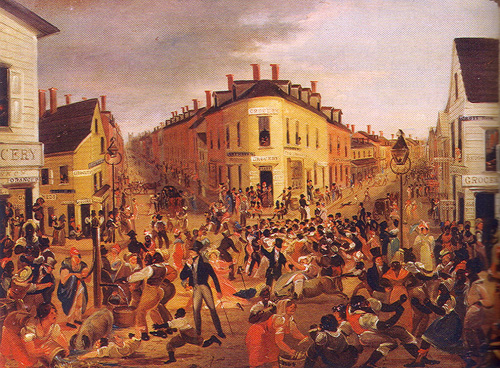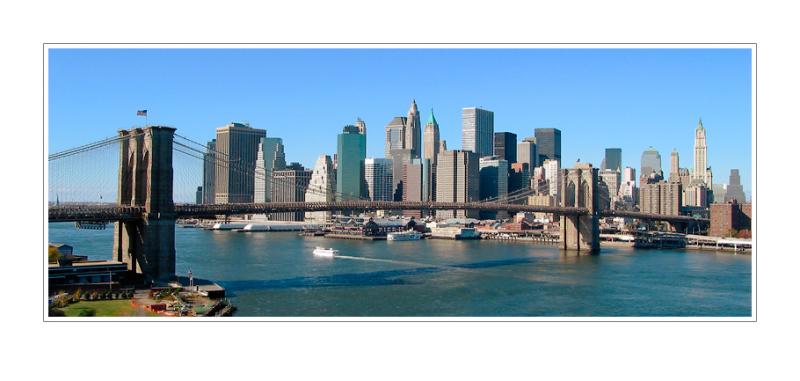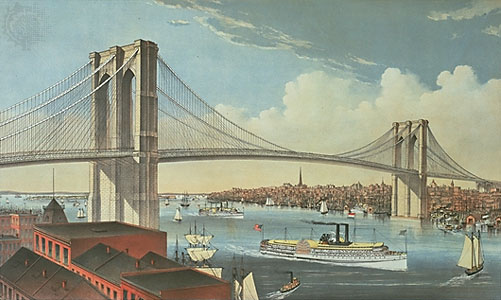Nicole for the 29th of September, 2009
In our last class session we discussed many different topics pertaining to Whitman’s choice of words and the technicality of his writing, however one topic caught my interest; the run away slave passage, when it was described by Professor Gold it caught my interest. I have read that passage many times since the class started and it never stood out in such a way.
The question was how it would be different if Walt Whitman used the word “fugitive “instead of runaway slave.
Well for one thing run away sounds much better. When we think of a fugitive what comes to mind! Bank robber, criminal on the loose, someone who broke out of jail and is on the run. Well this is the reason this word responded so well to me.
What is a fugitive? What is a runaway?
The definition of fugitive is:
(a.) Fleeing from pursuit, danger, restraint, etc., escaping, from service, duty etc.; as, a fugitive solder; a fugitive slave; a fugitive debtor.
(n.) One who flees from pursuit, danger, restraint, service, duty, etc.; a deserter; as, a fugitive from justice.
(a.) Not fixed; not durable; liable to disappear or fall away; volatile; uncertain; evanescent; liable to fade; — applied to material and immaterial things; as, fugitive colors; a fugitive idea.
(n.) Something hard to be caught or detained.
The definition of runaway is:
(n.) The act of running away, esp. of a horse or teams; as, there was a runaway yesterday.
(n.) One who, or that which, flees from danger, duty, restraint, etc.; a fugitive.
(a.) Accomplished by running away or elopement, or during flight; as, a runaway marriage.
(a.) Won by a long lead; as, a runaway victory.
(a.) Running away; fleeing from danger, duty, restraint, etc.; as, runaway soldiers; a runaway horse.
(a.) Very successful; accomplishing success quickly; as, a runaway bestseller.
Now the meanings are similar, almost or are the same. One of the definitions which is the same in both words except for the word justice
“One who flees from pursuit, danger, restraint, service, duty, etc.; a deserter; as, a fugitive from justice”
If Whitman used the word Fugitive I believe his theory or his belief in his writing would be different, Whitman was a believer in equality for all humans, his words expressed what he stood for.
The word” runaway slave” gives us that descriptive image in our minds of a slave literally running away from down south all the way to NYC. Walt gives us that image, that moment to process his actions with that slave in our taught and minds. If Whitman used the word “fugitive” well I bet most of us would imagine something differently, I know for a fact the first thing would be “criminal” to me. The truth is, the both words have the same meaning, but they both are viewed very differently from each other.
How can a man be a fugitive if he has done no wrong? Well he is running a way from danger of another man, and the restraint of another man whom actually owns him and him a man is described as something hard to be caught or detained. A Runaway Slave.
Section of Stanza 10
The runaway slave came to my house and stop outside,
I heard his motions crackling the twigs of the woodpile,
Through the swung half-door of the kitchen I saw him limpsy and weak,
And went where he sat on a log and led him in and assured him,
And brought water and fill’d a tub for his sweated body and bruis’d feet,
And gave him a room that enter’d from my own, and gave him some coarse
clean clothes,
And remember perfectly well his revolving eyes and his awkwardness,
And remember putting plasters on the galls of his neck and ankles;
He staid with me a week before he was recuperated and pass’d north,
I had him sit next me at table, my fire-lock lean’d in the corner.









